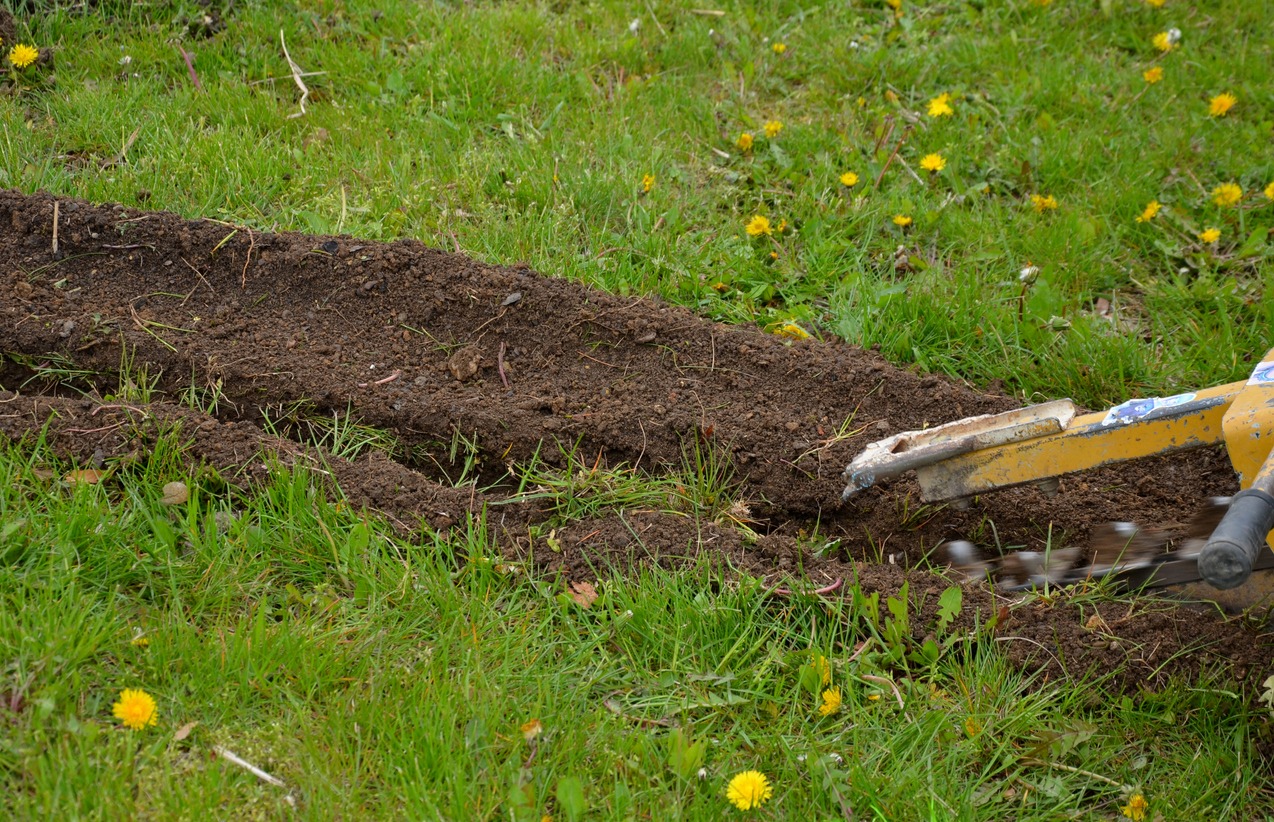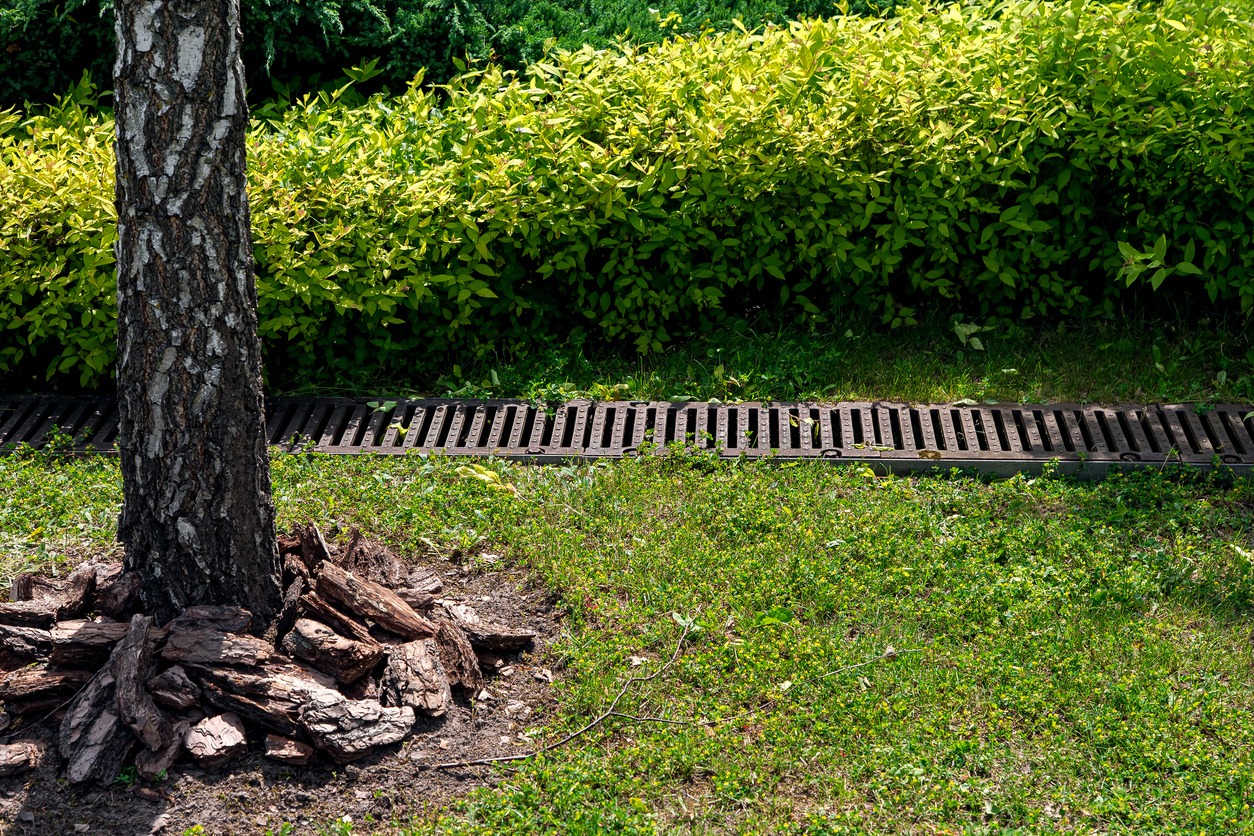It is essential to have proper drainage in your backyard in order to maintain a healthy and functional outdoor space. When you neglect drainage issues, there are issues that may occur, such as water pooling, soil erosion, and damage to the foundation of your home. One possible solution to address these problems is building a trench for drainage. However, before you undertake such a project, it is important to assess whether it is needed and suitable for your specific situation.
In this article, we are going to provide you with more information about the factors that you need to consider when deciding whether to build a trench for drainage in your backyard. This way, you’ll be able to make an informed decision that will ensure an effective and long-lasting solution for your property. If you are interested, read on and see if you should build a trench for drainage in your backyard.
What is a Trench?
Before we dive into the factors that will help you decide if you should build a trench in your backyard, let us first understand what a trench is exactly. A trench pertains to a long, narrow excavation or channel that is dug into the ground. Most of the time, it has a deeper section compared to its width. It is commonly used for different purposes, such as for drainage, utility installation, or as a foundation for structures.
You can build trenches using either manual labor or heavy machinery, depending on the depth and length that you need. They are commonly dug in a straight line or follow a specific path to serve a certain purpose, such as directing water flow or accommodating underground pipes and cables.
When it comes to drainage, a trench involves excavating a channel in the ground to redirect water away from a particular area, such as a yard or building foundation. The trench is usually filled with porous materials, such as gravel or perforated pipes, to facilitate the proper drainage of water.
Should You Build a Trench for Drainage in the Backyard?
After learning about what a trench exactly is, let us move on to the important factors that you need to consider. These are the things that will help you decide whether or not you should build a trench for drainage in your backyard.
Assessment of Drainage Issues
In order to determine whether building a trench for drainage is needed in your backyard, it is important to assess the drainage issues that you are experiencing. You can look out for common signs of poor drainages, such as pooling water in your backyard, soil erosion, and water seeping into your basement or foundation.
You also have to determine if the drainage issues are occasional or if they occur consistently after rainfall or irrigation. After that, try to measure the area affected and see if it is a specific spot or a larger portion of your backyard. It is also important to consider the impact of the drainage issues. Evaluate the possible consequences of inadequate drainage. Assess whether or not it will cause damage to landscaping, structures, or the risk of water entering your home.
Local Regulations and Permits
Before you start any construction or excavation work on your property, it is important that you familiarize yourself with local regulations. You also have to get all the needed permits. Building codes and regulations may differ depending on where you live, and compliance is very important to make sure that the project is legal and safe.
Therefore, you also need to research local building codes and understand permit requirements. You may also want to reach out to professionals, particularly if the project is complex or involves significant excavation. This way, they will be able to guide you through the permit requirements and help ensure compliance with the local building codes.
Natural Slope Evaluation
Before you decide to build a trench for drainage in your backyard, it is essential to evaluate the natural slope of your property first. This pertains to the existing incline or gradient of the land. Doing this will help determine if water already flows away from problematic areas, which can possibly eliminate the need for a trench.
To do this, you can observe water flow patterns during or after rainfall. See how water moves across your backyard. Try to look for signs of water naturally flowing away from areas that are prone to pooling or erosion. You may also try to identify high and low points. The high points are where water naturally drains away from, while the low points are areas prone to water accumulation.
You may also use a level or measuring tool to determine the degree of slope across your property. After that, evaluate if the natural slope directs water away from areas prone to drainage issues effectively. If water tends to accumulate or flow towards problematic sports, then building a trench may be needed for drainage.
Soil Composition and Drainage
Another thing that plays a crucial role in determining the drainage capabilities of your yard is the soil composition. Different types of soil have varying water-holding capacities and drainage characteristics. Therefore, it is also essential to identify what type of soil you have in your backyard. Evaluate the texture of the soil by observing its feel and structure. Clay soil is dense and retains water while sandy soil is more porous and drains faster.
In order to assess the drainage capacity of the soil, you need to conduct a percolation test. To do this, dig a small hole and fill it with water. Measure the time it takes for the water to drain completely. If it drains slowly, it indicates poor drainage. In addition to that, you may also consider determining if the soil is compacted as it can hinder water infiltration and increase the need for additional drainage.
Professional Advice
If you still can’t decide if you should build a trench for drainage in your backyard, maybe it is best to seek professional advice from experts in the field, such as landscapers, drainage engineers, or contractors. They are the ones who could give you valuable insights and help you make informed decisions.
It is best to look for professionals who specialize in drainage solutions or landscaping projects. You can arrange for a site visit with them to assess your specific drainage issues. By doing this, they’ll be able to give you the most suitable solutions, including whether a trench is needed, and propose alternative options if possible.
Aside from providing you with all the possible solutions, seeking professional advice will also give you some ideas on the budget that you need for trench construction. By engaging professionals and tapping into their expertise, you can benefit from their knowledge and ensure that the decision to build a trench for drainage is well-informed.
Cost and Maintenance
Of course, like many other projects, you also have to consider the associated costs and ongoing maintenance requirements before you proceed with the construction of a trench for drainage. Assess the expenses involved in building the trench, which may include excavation, materials, and labor costs. After that, consider your budget and decide how much you are willing to spend on the trench construction.
You also need to note that a trench for drainage may need ongoing maintenance, such as regular cleaning and inspection to make sure that it is working well. Factor in the time, effort, and possible additional costs for maintenance tasks. By carefully considering the costs and maintenance requirements, you can make a well-informed decision regarding the construction of a trench for drainage in your backyard.
By carefully considering all the factors mentioned above, you can make an informed decision regarding whether to build a trench for drainage in your backyard or opt for an alternative solution. Remember that every property is unique, and the right choice will depend on your specific circumstances, goals, and budget.
Alternative Drainage Solutions
Building a trench for drainage is one of the options to assess drainage issues in your backyard. However, if it feels like it is too much work for you or if you do not have the budget and time for it, there are alternative solutions that may be more suitable for your specific situation. Below are some of the alternative drainage solutions that you should learn about:
French Drains
A French drain pertains to a perforated pipe surrounded by gravel or rock. It helps redirect excess water away from problem areas. French drains are buried underground and can be an effective solution if you need to manage water runoff.
Dry Wells
A dry well is an underground structure made to collect and store excess water. It allows water to gradually percolate into the soil. This is an effective solution if you live in an area where traditional drainage is challenging.
Rain Gardens
A rain garden is a shallow depression planted with native vegetation. It collects and absorbs rainwater. This one is an aesthetically pleasing solution when it comes to managing water runoff, and it also enhances biodiversity at the same time.
Swales
A swale is a shallow, vegetated channel that redirects water flow and encourages absorption into the soil. It can be made to guide water away from problem areas naturally or direct it towards desired locations.
Grading and Contouring
To improve natural drainage, you can adjust the grade and contour of your yard. This is done by reshaping the land, such as by creating slopes that direct water away from problem areas and towards more suitable spots.
Downspout Extensions
Another way to divert water and prevent it from pooling near the foundation of your home is by extending your downspouts away from your home. This is a simple but effective solution when it comes to managing localized drainage issues.
Retaining Walls
If soil erosion is a concern, it is a good idea to construct retaining walls. These walls can help stabilize the land and prevent further erosion. You can also combine this with proper grading and drainage solutions for the best results.
Conclusion
It is important to ensure proper drainage in your backyard in order to maintain its beauty and functionality. While building a trench for drainage is an effective solution, it is always important to consider the important factors first to determine if it is the right option for you. Taking the time to make an informed decision will ensure that your backyard has proper drainage, minimizing the risks of water damage, soil erosion, and other related issues. With a well-executed drainage plan, you can enjoy a healthy and functional outdoor space for years to come. We hope this article helped decide whether you should or should not build a trench for drainage in your backyard.




